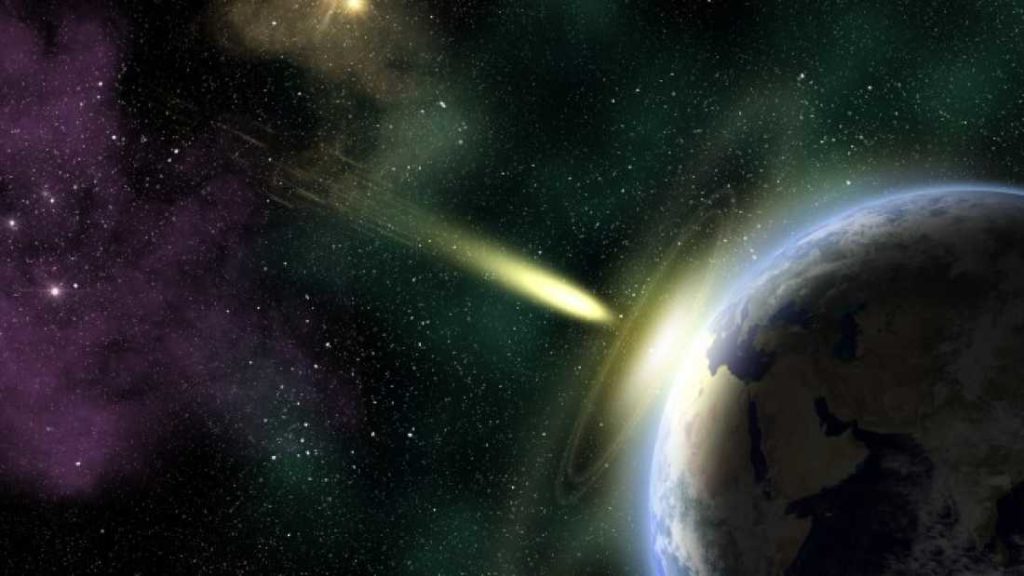@WFS,World Fossil Society,Riffin T Sajeev,Russel T Sajeev
More than 99% of all the species that have ever lived on our planet are now extinct, and while the majority of these die-offs can be attributed to competition or failure to adapt, many perished during dramatic cataclysmic events. The fossil record shows us that these mass extinctions seem to occur periodically in cycles of approximately 26 to 30 million years—which, interestingly, is similar to the amount of time it takes our sun to bob up and down through the galactic disc and cross the center line of the Milky Way.
This region, known as the galactic plane, is crowded with clouds of dust and gas which could disturb space debris within our solar system and send some hurtling towards our planet, which would fit in with some of the mass extinctions. However, according to new research, there could be something else at play: dark matter.
As described in Monthly Notices of the Royal Astronomical Society, passing through concentrated regions of this elusive, invisible stuff could also send comets on an Earth-bound collision course. Furthermore, dark matter particles could also ramp up temperatures in our planet’s core, which could affect geological systems and trigger extinction events.
Our galaxy, the Milky Way, is a huge flat disk of stars, dust and gas measuring some 120,000 light-years across. The center line of this huge spinning disk, or galactic plane, is known to be concentrated with dust and gas, but also seems to be crowded with dark matter. Although we can’t directly observe this substance, scientists know it exists because it exerts gravitational effects on other objects in space. From these observations, scientists have estimated that each square light-year of the galactic plane contains around one solar mass of dark matter.
While our solar system rotates around the Milky Way, which takes around 250 million years, it also vertically oscillates through the galactic disk, passing through the galactic plane around every 30 million years or so. This correlates with the documented intervals between mass extinction events and comet impacts on Earth, which prompted scientist Michael Rampino from New York University to consider further what could be going on.
Although previous work has suggested that the concentration of dust and gas in the plane could be responsible for messing up the orbits of comets in our solar system, Rampino proposes that dark matter could also be a contributing factor. Clouds of the stuff could disturb the orbits of space debris and fling some towards Earth, causing huge collision events like the famous comet strike 66 million years ago which wiped out the dinosaurs.
Another possibility is that, as our planet passes through the plane, dark matter particles could get caught in our planet’s gravity, eventually causing them to fall towards Earth’s core and accumulate here. These particles would then begin to annihilate each other over time, creating an immense amount of heat in the core, rising its temperature by several hundred degrees Celsius. Over millions of years, this heat could travel towards the surface, triggering events such as volcanic eruptions or changes in global climate and sea level, which could wipe out a large number of species on Earth.
@WFS,World Fossil Society,Riffin T Sajeev,Russel T Sajeev



 November 2nd, 2017
November 2nd, 2017  Riffin
Riffin 
 Posted in
Posted in  Tags:
Tags: 